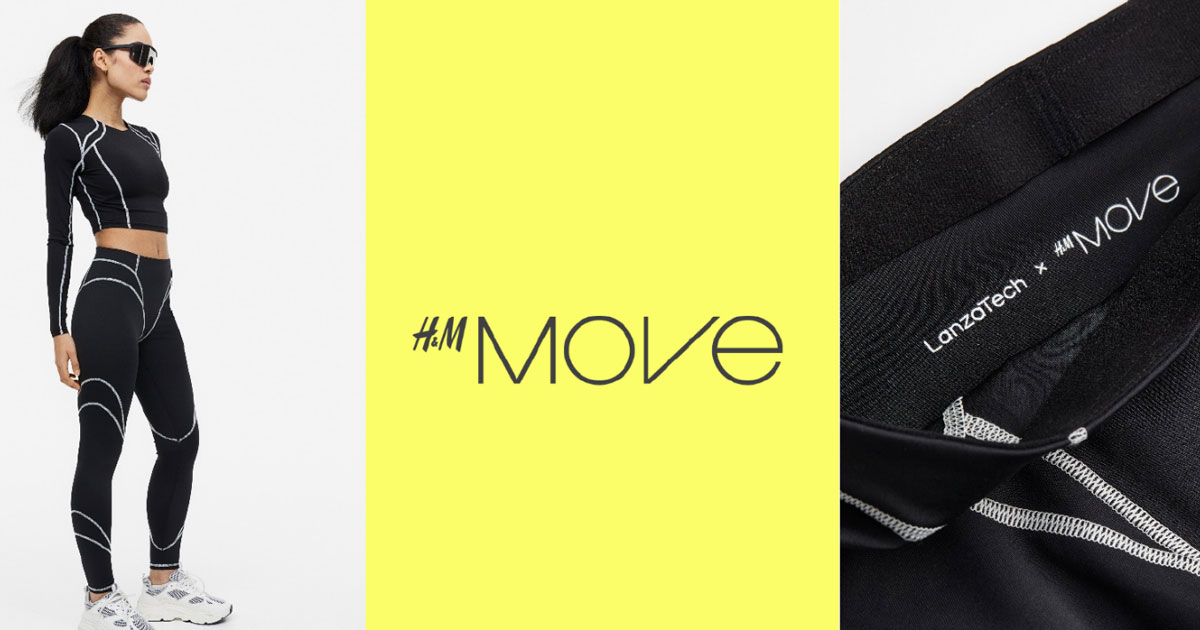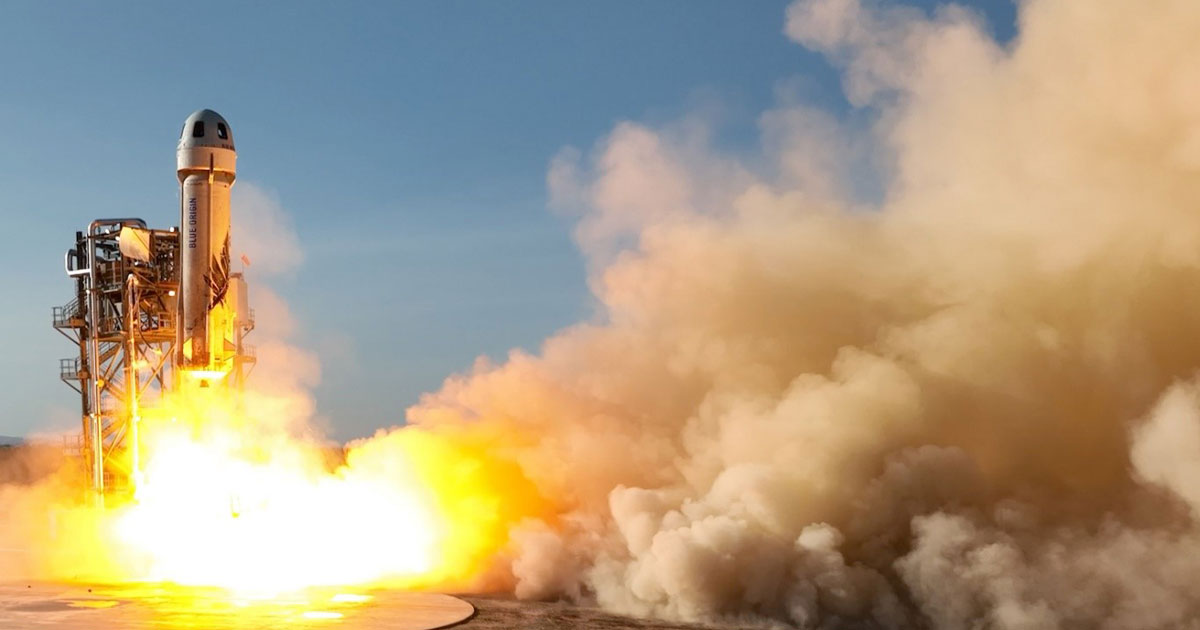Por Catherine Jewell, División de Información y Difusión por Medios Digitales, OMPI
Ante la creciente preocupación por el cambio climático y la subida de los precios de la energía, se observa un interés cada vez mayor por las energías renovables como medio para satisfacer nuestras necesidades energéticas. La tecnología pionera desarrollada por la empresa israelí Eco Wave Power, que aprovecha la fuerza de las olas para generar electricidad, ofrece nuevas y prometedoras posibilidades de producir energía limpia y asequible. Inna Braverman, cofundadora, directora general de Eco Wave Power y destacada experta en energías renovables, está decidida a transformar el mundo “ola a ola”. Braverman nos explica por qué la solución encontrada por Eco Wave Power funciona donde otras empresas han fracasado. Se refiere asimismo a la importancia fundamental de la propiedad intelectual para la empresa y, con ocasión del Día Mundial de la Propiedad Intelectual de 2023, anima a las mujeres a creer en sí mismas y a perseguir sus ambiciones.
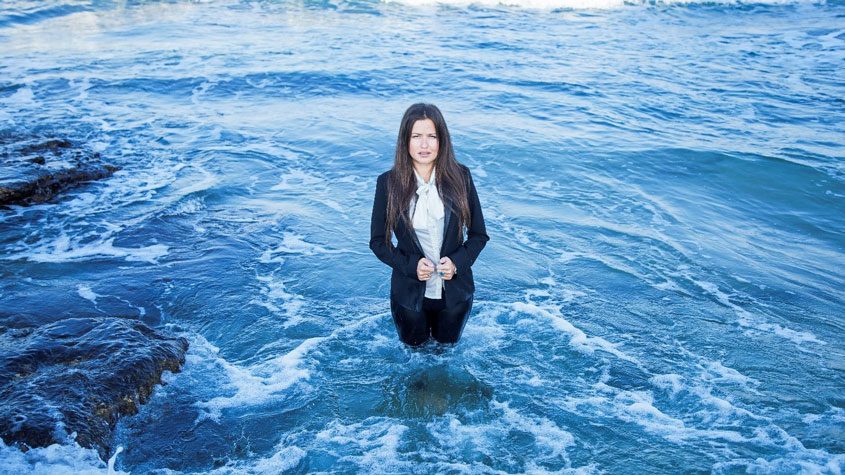
¿Cómo llegó al sector de las energías renovables?
Mi historia personal es un tanto singular. Soy ciudadana israelí y vivo en Israel, pero nací en Ucrania en 1986, justo después de que estallara el reactor nuclear de Chernóbil. Fui uno de los bebés afectados por la contaminación. Sufrí un paro respiratorio y estuve a punto de morir. Afortunadamente, mi madre, que era enfermera, se percató de que no respiraba y logró reanimarme. Me salvó la vida. De mayor, mi familia siempre me decía que la vida me había ofrecido una segunda oportunidad. Fue entonces que me di cuenta de que tenía que hacer algo importante, algo que marcara la diferencia. Cuando descubrí las energías renovables, me pareció evidente que ese era el camino a seguir.
¿Por qué la energía de las olas?
La energía de las olas puede transformar el mundo. Al tratarse de una fuente de energía renovable menos intermitente que las energías eólica y solar, puede contribuir a conferirles una mayor estabilidad. Por otra parte, dos tercios de la población mundial viven a menos de 200 kilómetros de la costa. Según el Consejo Mundial de Energía, la energía undimotriz puede suministrar al menos el doble de la electricidad que se produce actualmente en el mundo. Convendría que los responsables de la formulación de políticas se tomaran más en serio la energía de las olas en el marco de su compromiso de llegar a cero emisiones netas de carbono para 2050.
La energía de las olas puede transformar el mundo realmente.
¿Qué le impulsó a crear Eco Wave Power?
Supongo que fue una combinación de mi historia personal, el deseo de marcar la diferencia y el hecho de que, pese a que los científicos creen en el enorme potencial de la energía undimotriz, nadie había logrado hasta el momento convertirla en una actividad viable desde el punto de vista comercial. Fundé la empresa en 2011. Tenía 24 años. A diferencia de las grandes empresas que habían estado trabajando en la energía de las olas, no disponía de fondos ni de experiencia técnica o contactos, pero eso no me detuvo. Estaba convencida de que podía triunfar donde esas empresas habían fracasado.
¿Cuál es la misión de Eco Wave Power?
Nos hemos fijado por misión transformar el mundo ola a ola, desarrollando una tecnología de energía undimotriz comercialmente viable y que se puede utilizar a gran escala. Con el ascenso del nivel del mar y la creciente intensidad de las tormentas, se están construyendo en todo el mundo nuevos rompeolas para proteger a las comunidades costeras. A corto plazo, me he propuesto implantar tecnología undimotriz en todas las estructuras marítimas artificiales idóneas (por ejemplo, espigones, rompeolas o muelles) y lograr que se incorpore por ley en la planificación y el diseño de todas las nuevas estructuras marítimas. Gracias a nuestra tecnología, podemos convertir esas estructuras en fuentes de energía limpia.
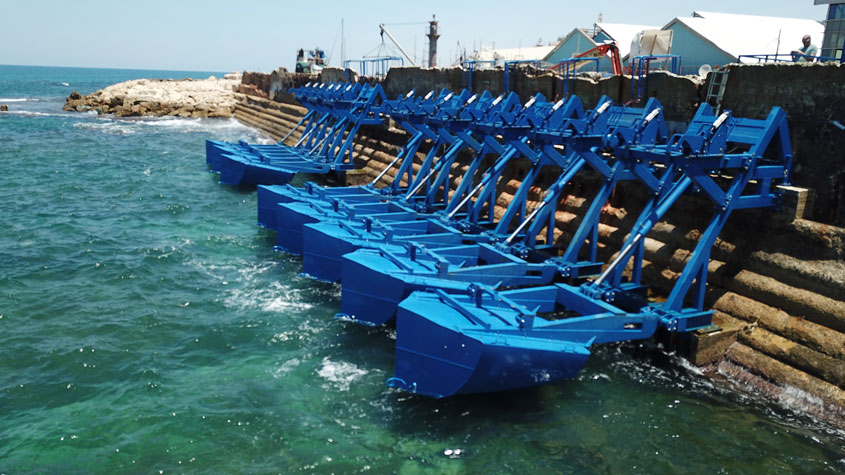
¿Cuánto tiempo llevó desarrollar esa tecnología?
Empezamos en 2011 y nos llevó unos 12 años poner nuestra tecnología en el mercado. Empezamos las pruebas en condiciones reales muy pronto, lo que nos permitió pasar rápidamente a la fase de desarrollo. Empezamos instalando una central eléctrica sin conexión a la red en el puerto israelí de Jaffa. Desde entonces se ha convertido en la primera central undimotriz de Israel conectada a la red.
¿Cuál es la capacidad de generación de energía de su tecnología?
El factor clave es la ubicación. La capacidad de generación de energía undimotriz depende de la altura y la frecuencia de las olas: cuanto más altas y frecuentes sean, más energía se producirá. Otro factor importante es el número de flotadores en funcionamiento. Por lo general, la energía undimotriz no requiere mucho espacio. En una superficie de 20 m2, el sistema de energía undimotriz puede generar 100 kilovatios (kW), es decir, 50 veces más energía que una instalación solar del mismo tamaño, que solo puede generar 2 kW de energía.
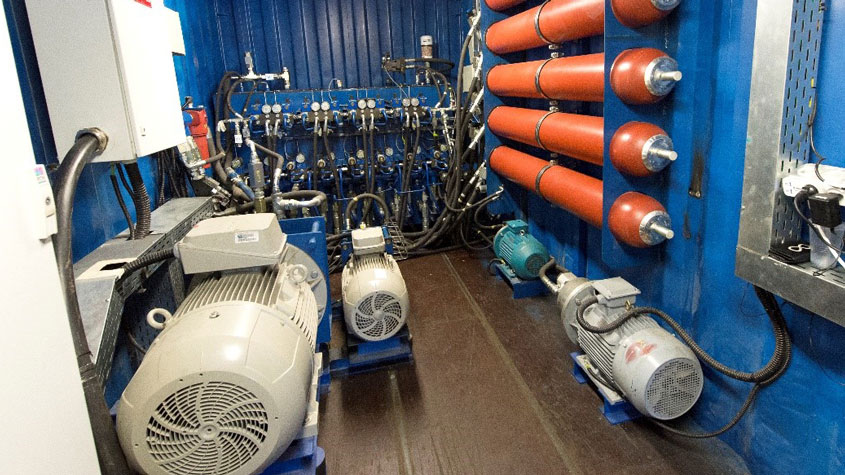
Háblenos de las instalaciones que ha construido.
Construimos nuestra primera central eléctrica conectada a la red en Gibraltar con financiación del Fondo Europeo de Desarrollo Regional. En sus seis años de existencia, este proyecto piloto de 100 kW ha demostrado que la energía undimotriz puede conectarse a la red de forma segura. Estamos desarrollando actualmente nuestra segunda central conectada a la red en el puerto de Jaffa, en colaboración con el Ministerio de Energía israelí y EDF Renewables. El año pasado firmamos un acuerdo con el instituto AltaSea para instalar una central de energía undimotriz en el puerto de Los Ángeles (EE. UU.). En nuestra cartera actual contamos con proyectos con los que se generarán más de 400 megavatios (MW) de energía undimotriz.
¿Cuáles son los principales obstáculos para la expansión de la energía undimotriz?
En realidad, los obstáculos tecnológicos no son enormes. Nuestra tecnología es sencilla, inteligente y modular. La tecnología utilizada es la misma cualquiera que sea el tamaño de la central. Basta con tener acceso a una masa de agua con oleaje y colocar los flotadores. La maquinaria de conversión, que es más compleja y costosa, se implanta en tierra firme.
Nuestro principal reto es que la energía undimotriz es relativamente nueva y muy pocos países cuentan con políticas [...] que posibiliten su uso.
Nuestro principal reto es que la energía undimotriz es relativamente nueva y muy pocos países cuentan con políticas, marcos jurídicos, procedimientos de concesión de licencias, tarifas de alimentación a la red, etc., que posibiliten su uso. Otro gran reto en este momento es la obtención de financiación mediante endeudamiento que permita poner en marcha los proyectos, debido a la novedad de este tipo de energía. La financiación mediante endeudamiento es la modalidad menos costosa y más rápida de crear capacidad de energía undimotriz y vender electricidad a la red. Por ello es importante que la energía undimotriz pueda financiarse en las mismas condiciones que la eólica y la solar. Soy optimista y creo que estos problemas se resolverán de la misma manera que ocurrió con la energía solar y eólica.
Eco Wave Power ha ganado varios premios prestigiosos. ¿Han contribuido esos premios a la consecución de sus objetivos?
Estos premios otorgan un mayor reconocimiento a Eco Wave Power y a nuestra tecnología, y su repercusión en los medios de comunicación permite que más personas se enteren de las ventajas que ofrece la energía de las olas.
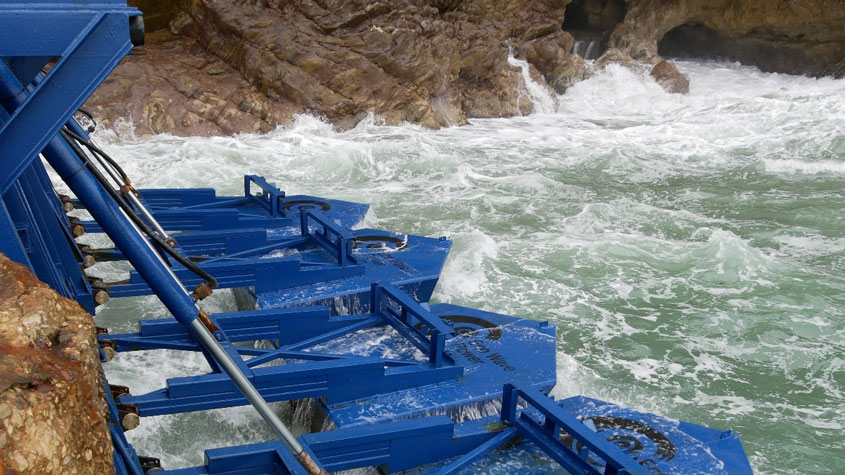
¿Qué ventajas ofrecen sus instalaciones en tierra frente a las instalaciones en el mar?
El 99% de nuestros competidores ha optado por instalaciones en alta mar. Consideramos que es un error. En mar abierto, las olas pueden alcanzar los 20 metros de altura. Ningún equipo fabricado por el ser humano puede soportar la carga de olas tan grandes. Esas instalaciones son difíciles de construir, de conectar a la red y de mantener. Se convierten en instalaciones muy onerosas, de alto riesgo y difíciles de asegurar. Las instalaciones en alta mar también generan una presencia en el fondo oceánico que puede perturbar la vida marina.
Ahora bien, al construir su sistema en tierra o cerca de la costa, utilizando estructuras marítimas existentes, Eco Wave Power consigue que la energía undimotriz sea rentable, fiable, asegurable y respetuosa con el medio ambiente. Lo único que instalamos en el agua son los flotadores, todo lo demás está en tierra. Esto nos permite ofrecer un sistema de alta fiabilidad que, además, refuerza las defensas costeras. Nuestro sistema está asegurado por aseguradoras mundiales de alto prestigio y somos 100% respetuosos con el medio ambiente, ya que no nos implantamos en el lecho marino.
¿Cómo funciona el sistema?
Sujetamos flotadores hechos a medida a estructuras marítimas artificiales. Al subir y bajar con el movimiento de las olas, los flotadores comprimen y descomprimen pistones hidráulicos, que impulsan un fluido hidráulico biodegradable hacia los acumuladores en tierra. La presión que se acumula en el acumulador hace girar el motor hidráulico que acciona el generador y envía electricidad limpia a la red a través de un convertidor. A continuación, el fluido hidráulico de devuelve a un depósito que lo almacena para su reutilización. La tecnología está equipada con un sistema de sensores. Cuando las olas son demasiado altas, los flotadores se elevan automáticamente fuera del agua y permanecen en esa posición hasta que pasa la tormenta. El sistema puede generar electricidad a partir de olas de solo 0,5 metros de altura.
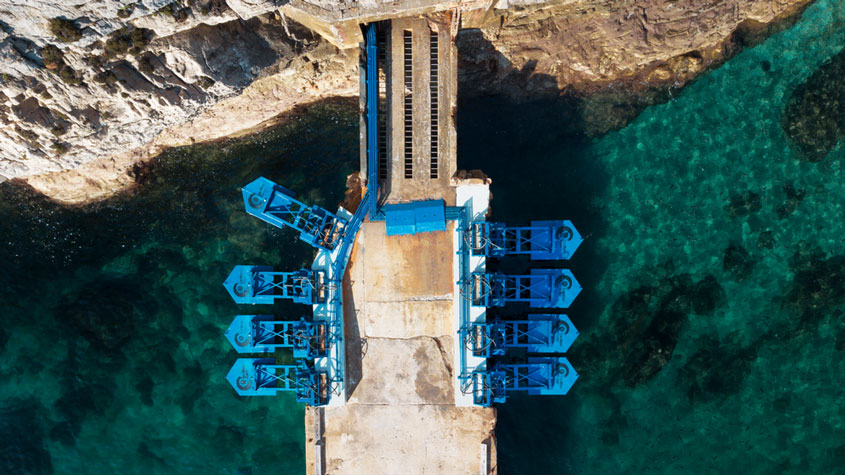
Háblenos de su modelo de negocio.
Nuestro modelo de negocio consiste en construir, gestionar y hacer funcionar centrales de energía undimotriz y generar ingresos mediante la venta a la red de la electricidad generada por las olas durante 25 años, que es la vida útil prevista de nuestros sistemas.
¿Cuál es el proceso de creación de una central de energía undimotriz?
El primer paso es la firma de un contrato de concesión con la autoridad portuaria o el propietario del emplazamiento del proyecto con el fin de obtener el derecho a utilizar la estructura marítima durante un periodo de 25 años. Luego se realiza un estudio de viabilidad. Si es positivo, se pasa a la fase de diseño. A continuación, se procede a la construcción, explotación y mantenimiento de la central.
¿Son importantes las alianzas para la empresa?
Nuestras alianzas estratégicas son muy importantes para nosotros. Por ejemplo, EDF Renewables IL es un socio estratégico importante para nuestro proyecto del puerto de Jaffa, en Israel. Como principal proveedor de energía solar en Israel, EDF tiene una enorme experiencia, contactos, conocimientos y pericia en el sector de las energías renovables, en particular en lo que atañe a la conexión de las centrales eléctricas a la red. Este tipo de alianzas no solo son muy beneficiosas desde el punto de vista tecnológico, sino que nos pueden ayudar a acortar los procedimientos de concesión de licencias y de conexión a la red, entre otras cosas.
¿Qué papel desempeña la propiedad intelectual en su empresa?
La propiedad intelectual (PI) es sumamente importante para nosotros. Al ser una empresa en un mercado nuevo que ofrece una tecnología de energía undimotriz pionera que ninguna otra empresa ha desarrollado antes, es importante proteger esa tecnología con derechos de propiedad intelectual sólidos. Eso es lo que nos diferencia de nuestros competidores. Nuestra cartera de patentes, que gestionamos cuidadosamente, incluye 17 patentes (12 concedidas) y patentes pendientes.
Disponer de una sólida cartera de patentes es fundamental para una empresa tecnológica como Eco Wave Power.
La PI es una consideración esencial para los inversores. Cuanto más protegidos estemos, más interesados estarán en invertir en la empresa. Sin derechos de propiedad intelectual, no hay nada que impida a otra empresa desarrollar la misma tecnología. Contar con una sólida cartera de patentes es esencial para una empresa tecnológica como Eco Wave Power.
En su opinión, ¿cuáles son las ventajas que ofrece el Tratado de Cooperación en materia de Patentes (PCT)?
El PCT es una excelente opción cuando se crea una empresa y no se sabe con certeza en qué mercados se va a operar. Nos ofreció el tiempo necesario para decidir dónde queríamos proteger nuestras invenciones y nos permitió ahorrar tiempo y dinero. El informe de búsqueda internacional que se obtiene al presentar una solicitud internacional de patente también fue sumamente útil.
Háblenos de su propia trayectoria empresarial como mujer.
Tener una empresa no es tarea fácil. Hay muchos altibajos. Ser una mujer empresaria añade otra capa de dificultad, sobre todo en un sector dominado por los hombres como el de la energía, donde hay muy pocas mujeres en puestos ejecutivos. Cuando puse en marcha Eco Wave Power, cada vez que entraba en una sala de conferencias para presentar nuestra interesante tecnología, todos los hombres presentes me pedían una bebida. Veían a una mujer y asumían que debía ser la asistente de alguien. Más recientemente, cuando la empresa empezó a cotizar en el NASDAQ de Estocolmo, me aconsejaron que dimitiera de mi cargo de directora general porque era mujer y nadie me tomaría en serio. Eso va totalmente en contra del ADN de Eco Wave Power. Celebramos el poder femenino. Así que, por supuesto, no dimití. No faltan los que opinan que las mujeres somos débiles e incapaces, y que sería mejor que renunciáramos. Pero si renunciamos, nuestras hijas renunciarán y sus hijas, a su vez, renunciarán. De modo que, si algo nos apasiona de verdad, debemos perseverar. No debemos en ningún caso renunciar.
Cuando se trabaja en el sector de las energías renovables, se transforma el mundo y se mejora la vida de las generaciones futuras.
¿Qué consejo le daría a alguien que quisiera entrar en el sector de las energías renovables?
Cuando se trabaja en el sector de las energías renovables, se transforma el mundo y se mejora la vida de las generaciones futuras. Cuando se trabaja con tecnología innovadora en el sector de infraestructuras, el camino puede ser largo y no siempre fácil, pero es muy gratificante.
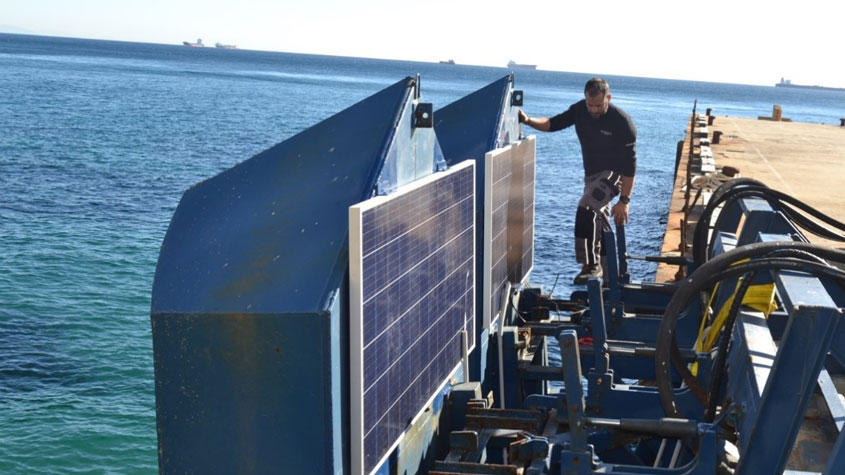
¿Cuáles son sus objetivos y planes para el futuro?
Me gustaría que existieran marcos legislativos que apoyaran la instalación, adopción y uso de la energía undimotriz, y que los gobiernos fijaran objetivos al respecto. Me gustaría que los dispositivos de energía undimotriz se integraran por ley en la planificación de las estructuras marítimas. Y me gustaría que la tecnología de Eco Wave Power se instale en todas las estructuras marítimas del mundo que reúnan las condiciones necesarias.
